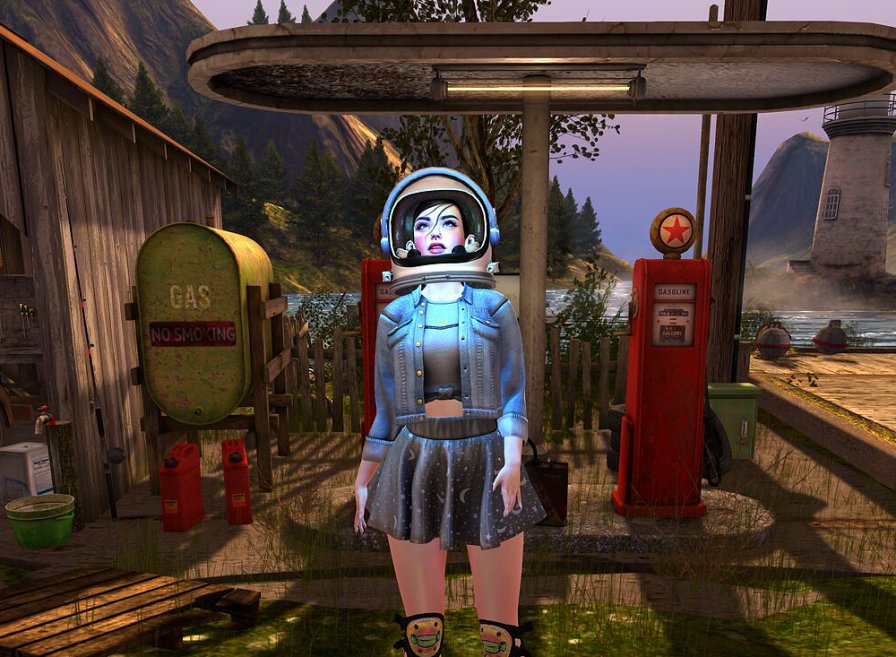We are celebrating the end of the decade through lists, essays, and mixes. Join us as we explore the music that helped define the decade for us. More from this series
Powerdove
Arrest
[Murailles; 2014]
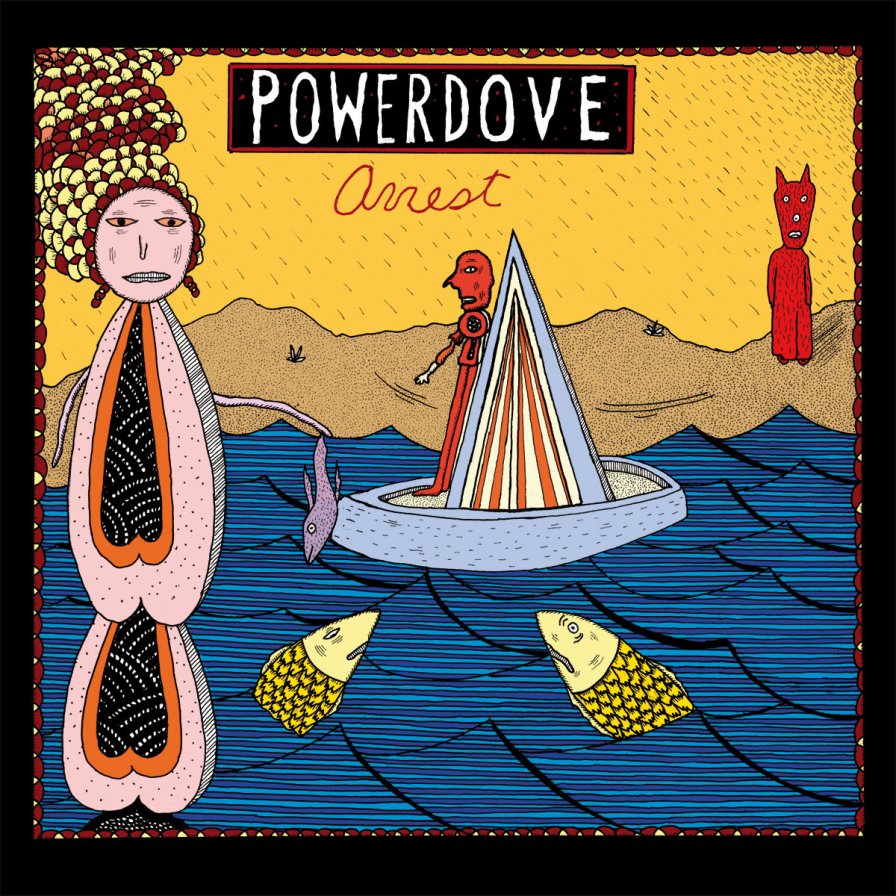
Late one night in 2015, a few dozen music devotees communed in a small college classroom in Santa Clarita. The only light in the room was that of Annie Lewandowski’s headlamp and the twinning LED bulb rigged inside a plastic cone — a DIY sound-directing apparatus that the artist had fashioned to mute, expose, and direct the sounds coming from her synth, the only sound in the room besides her voice. This tool, when pushed against her stomach or leg, was simple, like holding a phone speaker to the mouth and manipulating shape and size to change the resonance of the sound moving through (something we learned when we were young, along with our early experiment with feedback: putting two phones on call, switching both to speaker, and holding them together, forcing them to bed one another in reckless din). In that classroom, the method was simple, but we all watched as she exerted technique, manifesting emotion and tenderness while drawing our attention to the strange miracle of sound.
Later, Powerdove’s Arrest became the sounds found under covers: touching, infatuated, and electric. Buzzes and chirps, drums that squelched, clarity in dissonance, desire prolonged. Here, whirring, harsh and frail, filled the corners that the songs couldn’t reach. These songs, often only a few chords, didn’t reach far; they didn’t need to. Each one was like an object, material and cooking, available, steady, allowing projection. Love letters, cosmic pleas, and personal myths relying upon oral tradition. Arrest was singular and private, one of a kind, a record only for the self and only for others. It was an incredibly important reminder that, “After dark, we couldn’t find the other/ We couldn’t see each other/ We couldn’t see.”
Prurient
Frozen Niagara Falls
[Profound Lore; 2015]
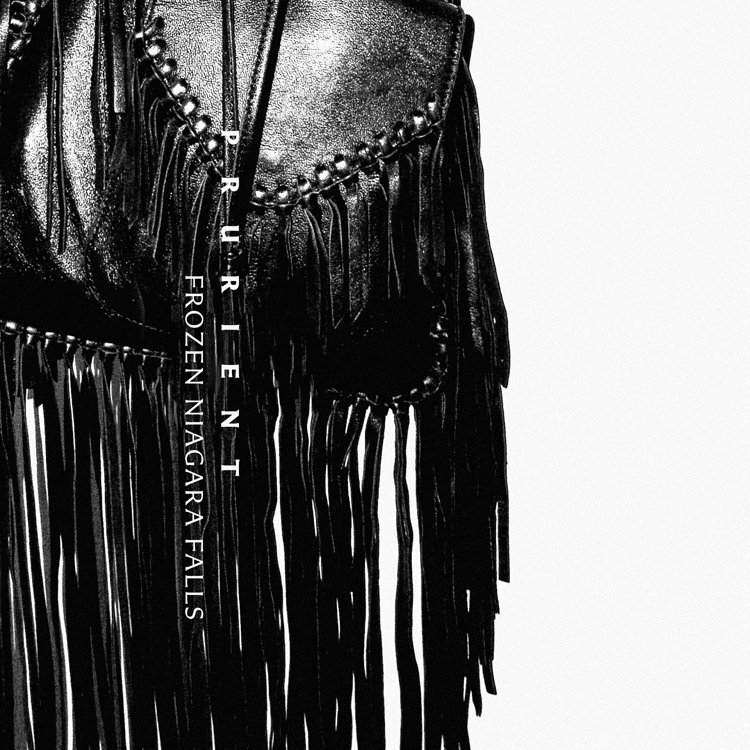
The 2010s were a decade of dissolution, of fits of anger and sporadic explosion, but ultimately it lacked the tidal energy to force the apocalyptic crisis the early parts of the decade seemed to promise. But few releases from this decade adequately situated the bathetic impotence of the mass of civilization quite like Prurient’s Frozen Niagara Falls, a towering monolith of ice and shattering violence. “The guillotine is sleeping,” Dominick Fernow spat into a haze of chaotic noise, launching an hour and a half of sublimated fear, bracing static, and powerful critique of the hedonism, inauthenticity, and depersonalization of the current moment. It was Fernow’s most profound statement of the decade, and few others matched its intensity or resolve in attacking the acidic nihilism that fed the darkness of the final stages of the 2010s. We’re left with a lasting image of a penniless, powerless messiah warming hands over a burning garbage can, denied an apocalypse, drunk, broken, trying to remember the prayers.
Pure X
Pleasure
[Acéphale; 2011]
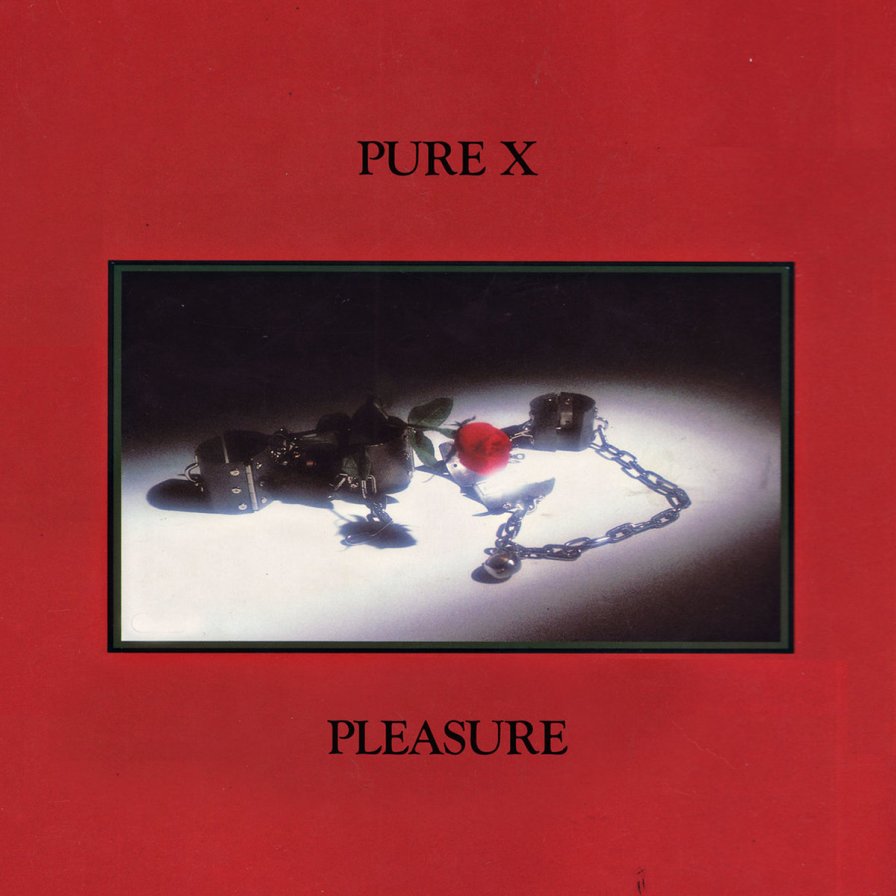
Finally, when you press your palms deep into your eyes and you’re half dreaming, slouched with no wings, half alive, your shoulders wrapped forward with blades pointed toward walls, time seems to die like fruit flies in summer kitchens with windows open and beer bottles lined like school kids at bus stops. Life can be filled with such longing, such unfulfillable longing that certain moments become callbacks in your genes to be shared with yourself for no other purpose than inflicting pangs of circulation. Memories are always re-remembered, puffed and dragged into new/old dust. Parties thrown with yourself for the sake of new memories, being that they are old memories, new/old to you, forever. The moon sunk like butter in a pan. That shifting lover back from their trip but on the opposite edge of the bed now asleep, exhausted, alone, and crumpled while you wait for some form of touch and mouth and glass to see back with. Thoughts paced like rapids while you breathe at the ceiling: them at the bedframe. Direction swelled. A junction of impermanence, projection, misunderstanding, and profound love — like sweet, tragic music. You, still, masked with lipped innards. Replete with memory.
Roc Marciano
Reloaded
[Decon; 2012]

When I listen to Reloaded, I hear self-determination, dream realization, a DIY ethos that has nothing to do with starving and everything to do with taste. Marciano’s gift for imagery is such that it’s easy to get caught up on the material, to get snagged on the “Thread Count” and miss the line in that song that goes “my inner layers is the Himalayas.” When I listen to Reloaded, I hear “you make art because you have to, because you don’t have any choice, it’s not about talent, it’s about no choice but to do it,” and then I think about what goes into penning lines like “Crime ambassador/ My capturers channel my spirit through a shrine in Africa/ I fly past like a time traveler.” I hear Dave Jordan sample biting “76.” I think about the proximity of Garden City’s country clubs to Terrace Avenue and of Terrace Avenue to Nassau County District Court. With this in mind, it’s easy to place Reloaded in a tradition of Long Island Rap Records that includes The 18th Letter, Black Bastards, Symptomatic of a Greater Ill, and Stakes Is High — not necessarily the island’s best, but quite possibly our best representations. I listen to Reloaded and I feel pain, pride, and potential in a way that I can’t explain, except to say I feel home.
RP Boo
Legacy
[Planet Mu; 2013]

It’s probably good that this side of footwork never caught on; pity though, and humorous that RP Boo’s decade-spanning collection of trax, aptly titled Legacy, would eventually be usurped by a smoother sound of Chicago footwork. It makes sense, though, and pop music is better for Rashad’s pervasive influence, but there’s nothing like that steady percolating beat and throbbing bass on “Speakers R-4 (Sounds),” or those stuttering drumline toms on “Sentimental,” or that truly transmigrational cymbal crash on “Area 72.” For what was basically a compilation, Legacy flowed like a bedside pageturner, imbued with as much action as mystery. Legacy was my first footwork album; I didn’t like it at first, but I furiously kept listening, like a dorky white anthropologist, secretly searching for a higher truth in a foreign culture. When it finally clicked, after I bought the damn CD, I knew it was done for. “There’s no way this is carrying footwork through this decade, not with Jlin and Diamond and Traxman around.” It has since become like a secret recipe you later find out is just salt, but since I’m feeling generous this holiday season, I’m sharing this with you: Go buy a copy of Legacy on compact disc and put it in your car and crank it. Your Red Bull-drinking, FlyLo-bumping passengers won’t know what hit them, but you will.
Salem
King Night
[IAMSOUND; 2010]
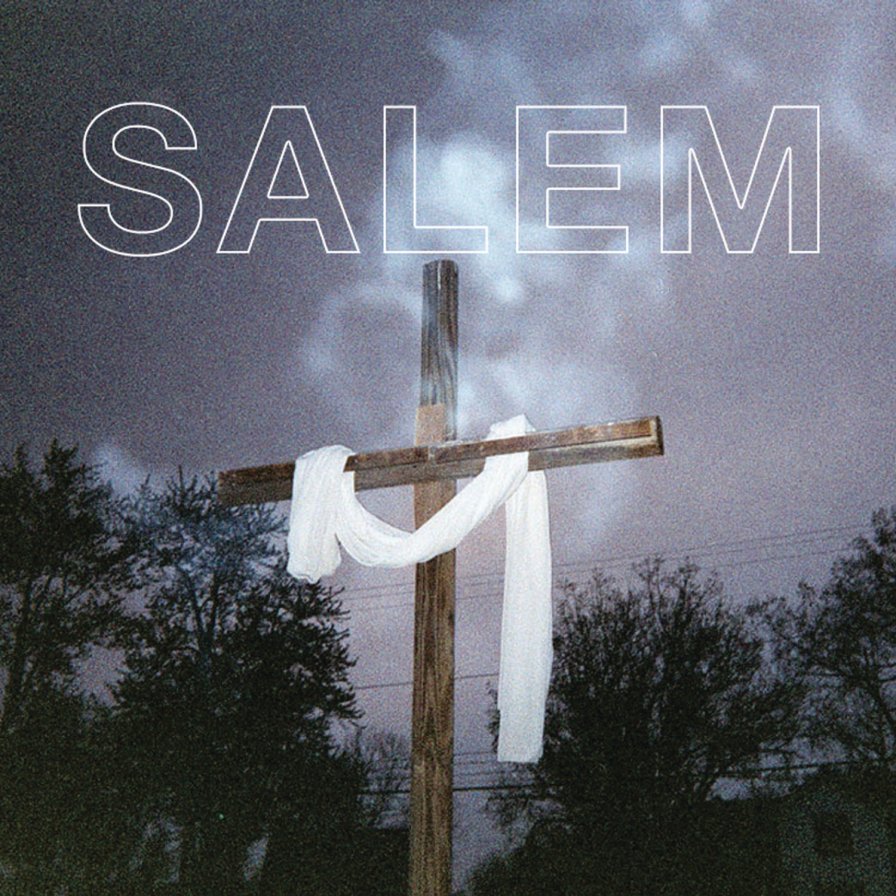
Was King Night a laughingstock of try-hard cool, or was it really that cool? In the end, it was the latter, but maybe only because of the former. Salem’s bargain bin desolation and grandiosely skeletal angst was the peak of a certain mood. (It was also the peak of “witch house,” the microgenre that spawned the million micro genres that together would define the middle of the decade.) They tore everything from the concept of “cool” until there was nothing there but some lonely trap drums, some overpowered synths, and scraps of offensive vocalizing, boiled down to a handful of drugs and a few signifiers of malaise and misery. That, of course, was the peak of a certain “cool.” In crafting a sound that was pure affect and absolutely nothing more, they carved a way through empty posturing and into a new world where posture was more than enough, an art in itself. They hadn’t found a “use” to that art yet, and wouldn’t, but that was King Night’s particular power: the feeling of helpless, devastated cool with no outlet. Upsetting, seductive, overwhelming, achingly empty, and utterly pointless, it did exactly what it intended to and nothing more, and it was remarkable for it. It felt like shit, it felt cool, as purely as possible, and that, certainly, was a mood for the decade.
sIngs
Hells
[Self-Released; 2010]
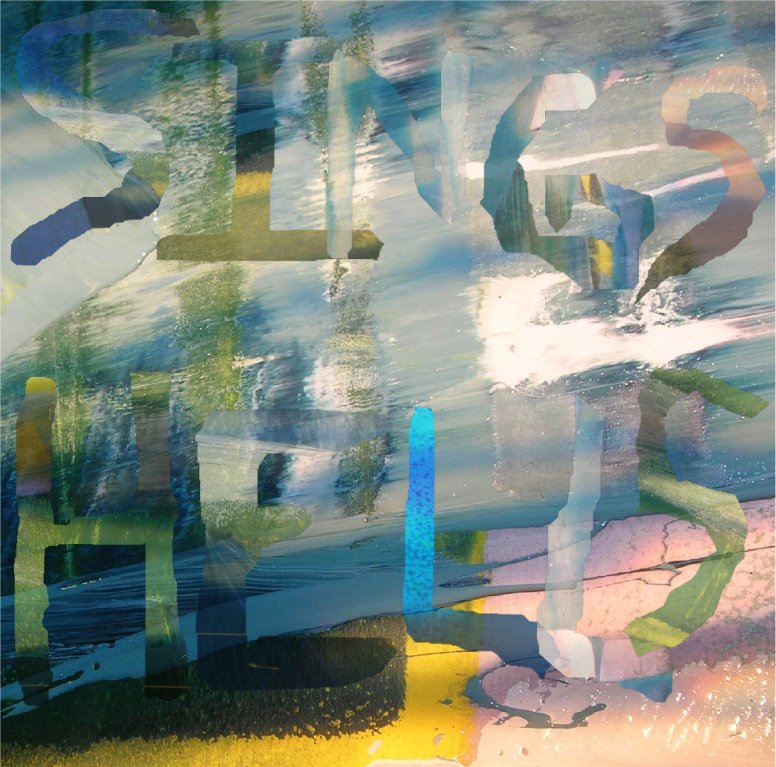
The Lord, he exists — just not in Texas. You can’t sleep outside in the summer because of the heat, and the cicadas are so loud there’s nothing to do but listen. I’m ungrateful. There is exhaust from the semis and the hum of ribbons of highway in various stages of torsion and elongation. Serrano’s out of town again. No, it’s not a dry heat in Houston, and the humidity feels like fetid cellophane in the windpipe. But at least it keeps the St. Augustine carpetlike until rapacious July stains it ochre. You might cherish the brief walk from home to your 2002 Jetta that you totaled on the day of your high school graduation, because it is the only time you will taste the petrichor before the air conditioning or the fucking mosquitoes brutalize its faint suggestion. No, there won’t be anyone outside, either, except the men in scrubs pushing meth outside Shepherd Plaza. And so you did what there was to do in the muggy lurch, and you drowned it out to Brett Taylor screaming his guts out and Pam Cantú and Colin Hedrick harmonizing and Chris Wise slapping the fuzzy bass and Jason Willis shredding and Justin Terrell keeping time. You were just the kid then, unendearingly reserved and guileless and feckless, stagnant like the people who own it. Well, it’s bad news from Houston: half my friends are dying. No, there is more to hear than the cicadas.
Sleigh Bells
Treats
[Mom+Pop/NEET; 2010]
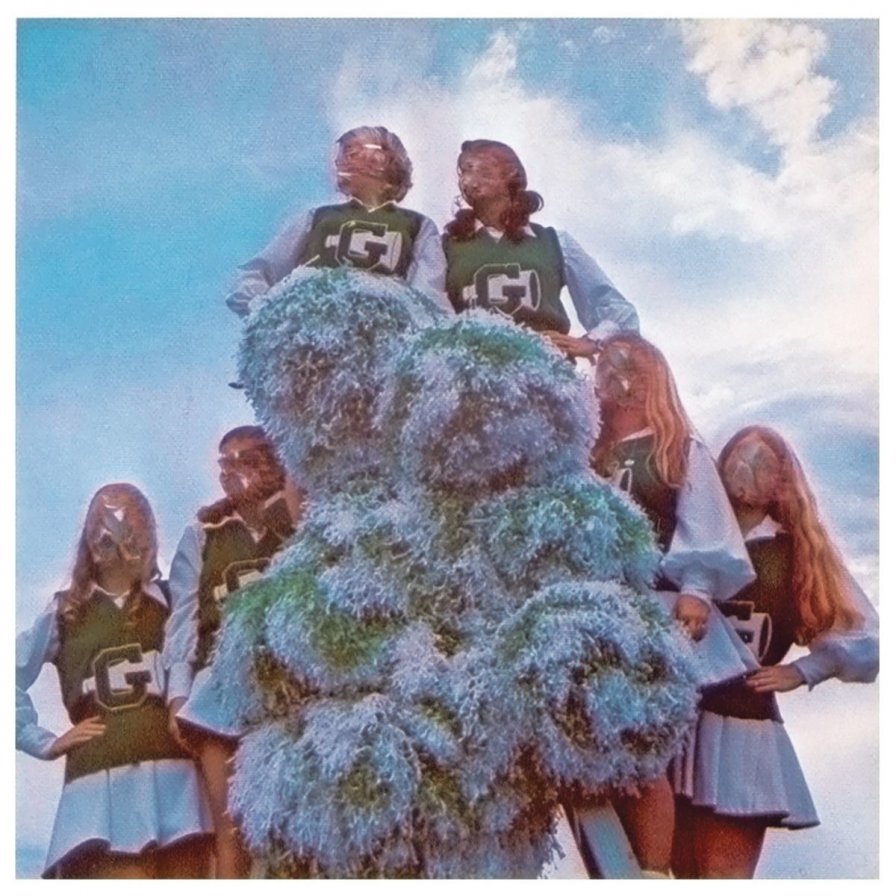
Revisiting contemporary reviews of Treats reads, now, like a crash course on internet Crit. 101, with the distant hyperbole and de rigueur “X band meets Y artist” calculus. That’s not to say the reception was off or disingenuous — who the hell am I to say so? — but more that it was a maybe forced product of its cultural context: namely, the collapse of the late-2000s’s “blog-o-sphere” ecosystem. But, like, can you really blame anyone for maybe feeling like they had to get it? The music itself offered no easy metric by which you could weigh its influences, and the record’s noisiness (and sheer catchiness) obfuscated any cheap augury of meaning. Treats was hardly without precedent, but, still, nobody really knew what to call it, so they, to varying degrees, made shit up. That, to my ears, is partly what earns Treats a permanent place on the shelf. It’s a testament to the absurdity of the critic’s position in the culture market, reminding me of how ridiculous I was then and telling me how ridiculous I am now. A record that contains the will to surprise and confuse, especially in debut format, is something to cherish. And so, for me, the songs on Treats were, and always will be, exactly what the title suggests.
Sun Araw
Belomancie
[Sun Ark/Drag City; 2014]
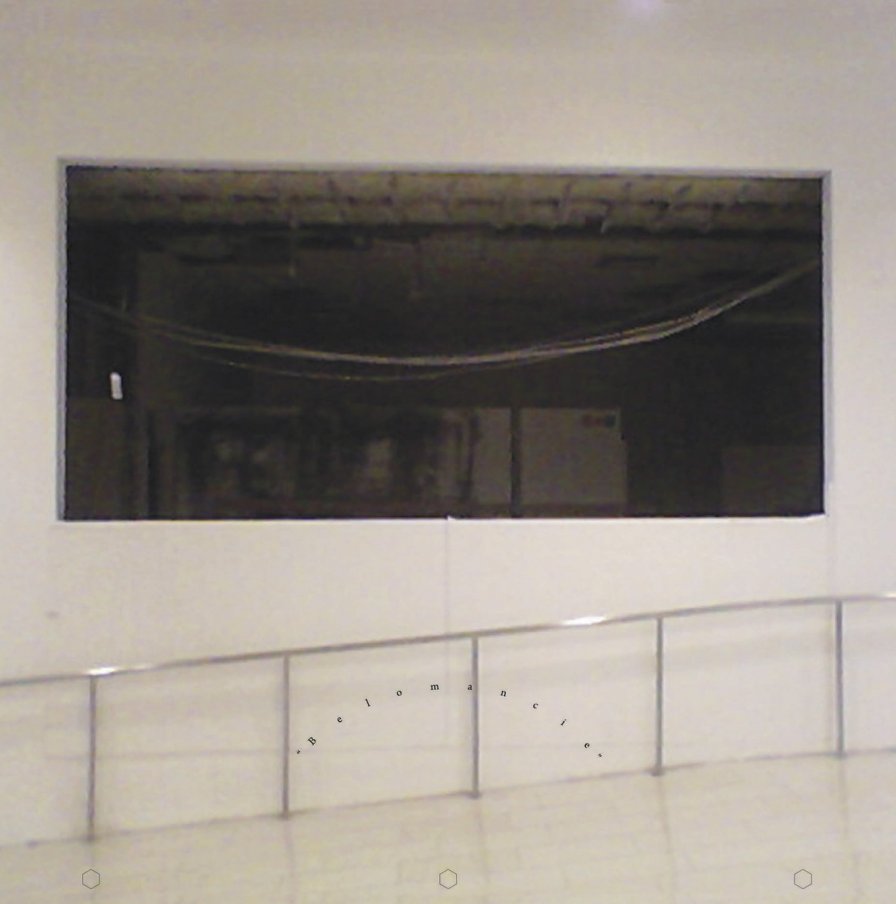
The word “psychedelic” gets tossed around a lot to describe sounds that, ultimately, are fairly commonplace and predictable. Throw a phaser on it, heavy on the delay, sick guitar solo, “their Coachella set was amazing, bro.” But “psychedelic music as an active principle,” as Sun Araw would have it, is a much deeper concept than just tie-dye and shrooms. On Belomancie, the California lo-fi jammer stripped away the dense reverb that had previously shrouded his neo-tropical dub improvisations, allowing the silent space between each individual sound to stretch out into infinity. Abandoning his circular 4/4 loops, Belomancie’s constantly tumbling rhythms contracted and expanded at will, forcing us into a liminal zone where the only way to get ahold of our footing was to accept the lack of any floor at all. Listening to it was like staring at a plain white wall until the individual atoms between each stroke of paint started to fall into a strange half-step of their own. While Sun Araw’s earlier, more traditionally trippy releases like On Patrol and Ancient Romans were certainly potent, Belomancie was the album where he fully proved himself to be a master of shifting our perspective, using the barest of elements to rearrange the world around us into something totally new and unrecognizable. In other words: Belomancie was truly psychedelic.
The Austerity Program
Backsliders and Apostates Will Burn
[Hydra Head; 2010]
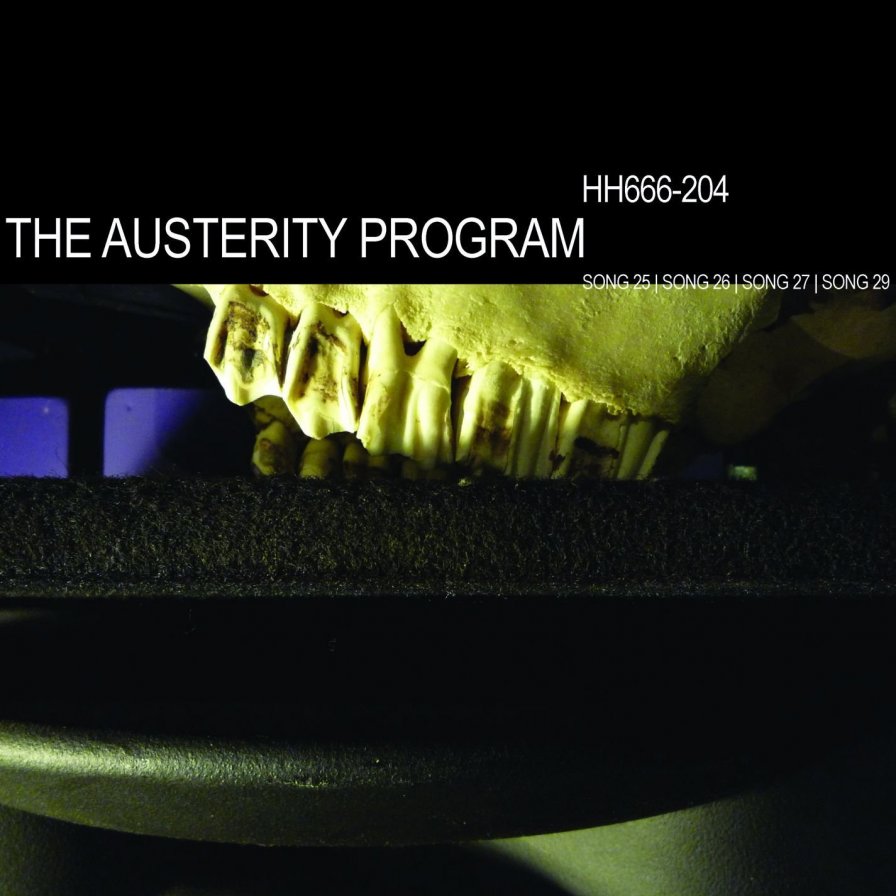
This fucking life, it’s a misery. A thing to be endured. You can face it with the stoic resignation of the grieving fisherman of “Song 25” or rage against it like Buzz the Bunny, locked in an endless cartoon hell. You can even crawl the earth in an evangelical fervor like the debased prophet of “Song 26” in the hope of finding some way out. But in the end, it’s all the same. You end up torn apart, “something forgotten in the ocean.” With their breakthrough EP, The Austerity Program gave us four perfect songs: soaring, crushing, snarling mini-masterpieces that spit in the face of this cold, indifferent universe. It was a record to be listened to loud and often, a brutal, majestic reminder of all the joy and horror of existing.
We are celebrating the end of the decade through lists, essays, and mixes. Join us as we explore the music that helped define the decade for us. More from this series
